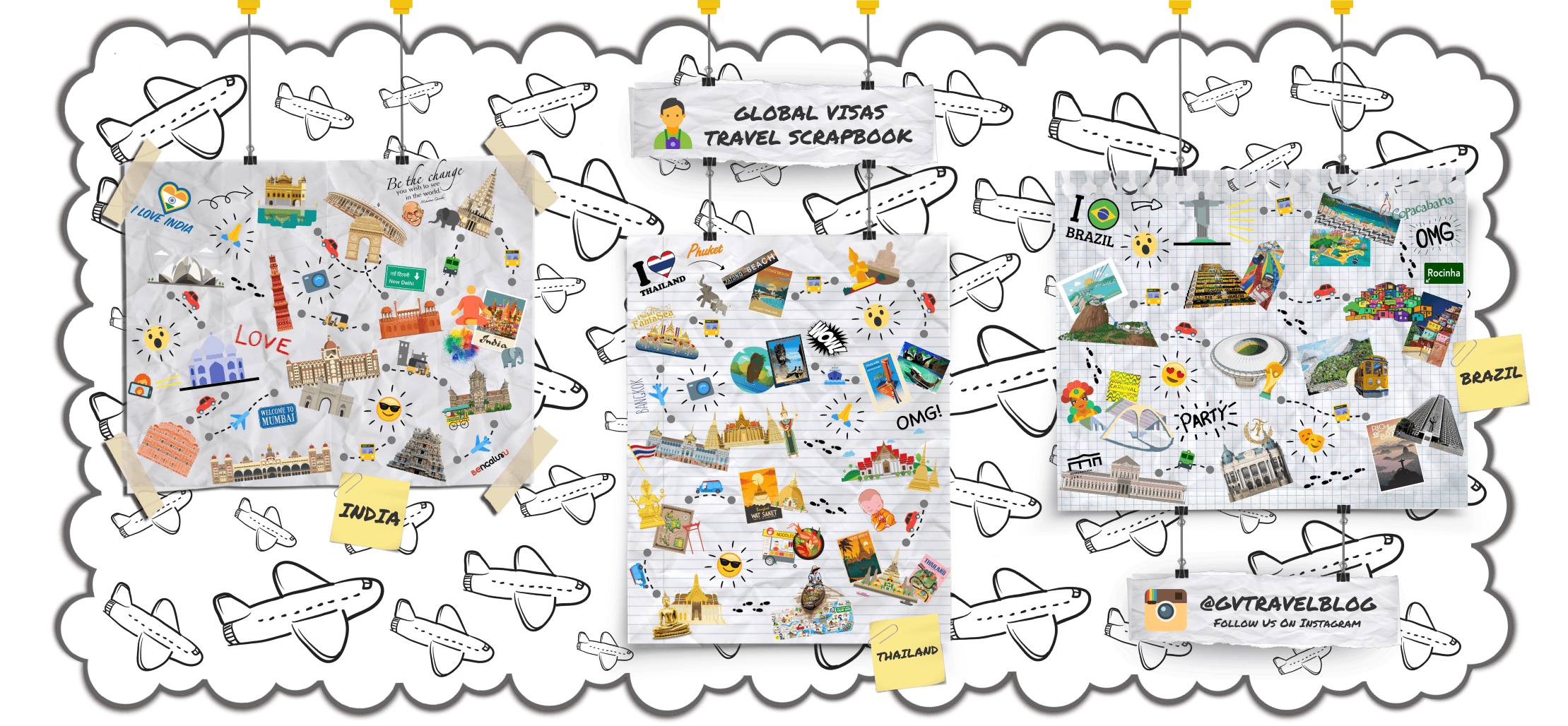Restricted areas:
Much of Myanmar is closed to foreign travellers, and many land routes to far-flung areas are also closed (for example, to Mrauk U, Kalewa, Putao, Kengtung). Thus, while travellers can travel freely in the Bamar majority Burmese heartland, travel tends to be restricted or circumscribed in other places. In theory, any tourist can apply for a permit to visit any restricted area or to travel on any restricted land route. In practice, it is unlikely that any such permit will be issued in a reasonable amount of time, or at all. Permit requests can be made locally in some cases (for example, requests for the land route to Kalewa can be made in Shwebo) but, in most cases, the request has to be made in Yangon. Requests to visit restricted areas must be made at the MTT (Myanmar Travel and Tours) office in Yangon (Number 77-91, Sule Pagoda Rd, Yangon). Applications for local permits can often be made at a local MTT office or at a police station. Local permits are available only for the following places & routes:
- Kengtung – Tachilek. This used to be straightforward but the availability is now uncertain.
- Mrauk U Chin/Zomi village tours. Easily available in Mrauk U, but must visit with a guide. Your hotel or a local tour company can arrange this for you.
- Myitkyina – Indawgyi Lake. Easily available in Myitkyina but must travel with a guide. Your hotel or a local tour company can arrange this for you.
- Shwebo – Kalewa. A permit is necessary if going by road. It is uncertain whether one is required if going by boat.
All other permits must be obtained in Yangon.
Permits for some places, such as Putao, are obtainable but need to be applied for well in advance.
Myanmar is not North Korea, and you are free to walk around, go to shops and interact with the locals. However, with many of the more far flung places, and places restricted to foreigners, it is better to arrange your internal visa in advance.
Companies that can help with internal visas:
- Asia Tours
- Mr Myanmar Travel
- Remote Asia Travel
- Travel Myanmar
BY PLANE:
The poor state of Myanmar’s roads and railways make flying by far the least uncomfortable option when travelling long distances.
Flag carrier Myanmar National Airlines operates a network of domestic flights to many destinations across Myanmar from its hub in Yangon International Airport. Long known for its poor safety record, it has improved dramatically with the purchase of newer aircraft, and these days compares favourably with many of the private airlines in terms of both service and safety.
There are also several private airlines operating domestic flights from Yangon. The private airline companies are usually on time, and even depart early (10-20 min), so be on time and reconfirm your flight and flight time 1–2 days before departure. Sometimes the itinerary might be altered some days before departure (meaning that you will still fly to your final destination on the scheduled time, but with an added or removed in between stop, e.g., Yangon-Bagan becomes Yangon-Mandalay-Bagan). This usually only affects your arrival time. En route stops have only 10-20 min ground time, and if it is not your final destination, you can stay inside the plane during the stop.
All domestic flight from Yangon depart from Terminal 3, while international flights depart from Terminals 1 & 2. When taking a taxi from downtown to the airport, mention to the driver that you are on a domestic flight so you’ll not end up in the wrong terminal.
BY TRAIN:
Myanmar has an extensive and ancient rail network. Trains are slow, noisy, rocking left and right, leaving extremely punctual but then often delay on the trip. Electrical blackouts are becoming rare but nonetheless never assume that air conditioners, fans or the electrical supply itself will be working throughout the whole journey. Most trains have upper class and ordinary class. Ordinary class has wide open windows, benches and can be packed with locals transporting their goods. Upper class has upholstered chairs, fans and is less crowded. Be careful putting your head out of the window as it is very likely to be hit by a branch. Vegetation grows so close to the tracks that you normally find a good amount of shredded leaves on the seats. Tickets are cheap and tourists pay the same price as locals. Tourists still cannot buy tickets on the train. At smaller stations, you may have to seek the stationmaster or use an interpreter to buy a ticket. Your passport is required when purchasing.
A journey on a train is a great way to see the country and meet people. The rail journey from Mandalay, up hairpin bends to Pyin U Lwin, and then across the mountains and the famous bridge at Gokteik, is one of the great railway journeys of the world. Trains in lower Mandalay, Yangon-Pathein and Yangon-Mawlymaing, are little communities of their own with hawkers selling everything imaginable. Sleepers are available on many overnight express trains, although in the high season you may want to reserve a few days in advance. Tickets go on sale three days in advance. At some stations there is a separate counter for advance bookings, or even a separate building (e.g., in Yangon). Food service is available on the express in both directions between Yangon and Mandalay.
Except for the new bridge and rail line that connects Mawlamyine to points on the west side of the Salween River, the rail network is exactly the way it was in British times. The most used line is the 325 km line from Yangon to Mandalay with several trains a day. It is the only double line in Myanmar, and also the only one that is competitive in time with buses. The fastest trains take 15 hr for the 385 km run, an effective rate of 25 km/hour. A second line connects Yangon with Pyay, 9 hr for the 175 km journey, with a branch heading off into the delta region town of Pathein. These tracks, the earliest constructed, are in poor shape. With the construction of the bridge across the Salween, it is now possible to go by train from Yangon to Mawlamyine, 8 hr for the 200 km journey, and on to Ye and Dawei. From Mandalay, trains continue on to Myitkyina in Kachin State, 350 km in 24 hr, and to Lashio. There are also rail connections between Yangon-Bagan and Mandalay-Bagan, but bus or ferry are better alternatives: the 175 km from Mandalay to Bagan takes 10 hr.
There is railway service between Yangon-Bagan. 16 hr, first class US$30, upper class US$40, sleeper US$50 (check new prices). Train tickets cannot be paid in dollars any more.
BY BOAT:
There is also a large river ferry network. Both are to a large extent run by the government, although there are now some private ferry services. The trip from Mandalay to Bagan takes the better part of a day, from Bagan to Yangon is several days.
BY BUS:
Buses of all types ply the roads of Myanmar. Luxury (relatively speaking) buses do the Mandalay-Yangon run while lesser vehicles can get travellers to other places. Fares are reasonable and in kyat and buses are faster than the trains. Many long distance buses assign seats, so it is best to book seats at least a day in advance. Because the roads are bad, avoid the rear of the bus and try to sit as far up front as you can. Long distance buses also have an extra jump seat that blocks the aisle and, because it is not well secured to the chassis, can be uncomfortable (which also means that there is no such thing as a side seat where taller people can stretch their legs). A window near the front of the bus is always the best option.
Even budget travellers will find themselves buying more tickets via their hotel or an agency rather than going to the bus company to buy it directly. Their offices are often located far from any tourist place and the cost of going there and back will most likely exceed the commission your hotel will get for selling you the ticket. Shop around and compare prices before buying your ticket as some vendors include a free pick-up from your hotel.
A bus ticket scam seems to be popular in Yangon. While many make a stopover in Bago, they are told at their guesthouse or at the bus station it’s not possible to buy tickets there in the direction to Mandalay. In a country where everything might be possible when it comes to transport, some people fall for this. Actually, this is not the case and tracking back to Yangon for a bus ticket up north is not necessary at all. Bago has a bus terminal with several bus offices. Buying your ticket at Bago might be slightly cheaper (depending upon your bargaining skills) and gives you more freedom for the rest of your journey.
BY CAR:
You can hire a private car and driver at reasonable rates to tour independently. The licensed guides at Schwedagon Paya in Yangon can arrange to have a driver with a car meet you at your hotel. Another way is to arrange for a car through a travel agency, though it can be quite expensive. You can “test” the driver and the car by driving around the city for 10 or 15 minutes. If you are satisfied, a departure date and time and per diem rates (inclusive of petrol) can be negotiated. Some guides are willing to travel with you to serve as interpreters.
Traffic moves on the right in Myanmar, but confusingly, Myanmar has a mixture of left- and right-hand-drive cars, with the majority of vehicles being right-hand-drive as a result of being second-hand imports from Japan or Thailand.
Road travel to tourist destinations is generally safe, although some roads may be rough. Highways are often 2-lane, and cars often pass one another recklessly. That being said, driving habits are not quite as aggressive as say, Vietnam. Allow two days to drive from Yangon to Bagan in fair weather. Pyay is a good stopover point. Allow a day to drive from Bagan to Inle Lake.
In cities, it is considered illegal to cross an amber light without stopping. Despite having crossed 3/4 of the way, you will be required to stop in the middle of the road and make your way back in reverse!
Accidents and fatalities are common. Night-time road travel is not recommended, and medical facilities are limited in rural areas. At government hospitals, bribes may be required for services. Make sure needles are new or carry your own. HIV is a major problem in Myanmar.
All taxis (and by extension all vehicles for transport of people and goods) have red/white licence plates, while private vehicles have a black/white. Tourist agency-owned cars have a blue/white licence plate.









